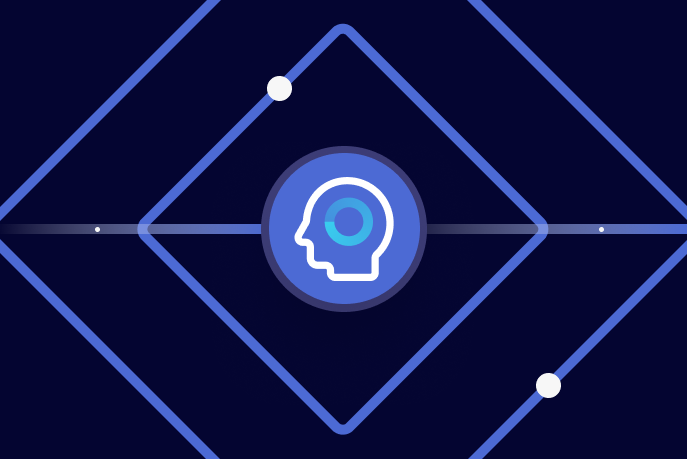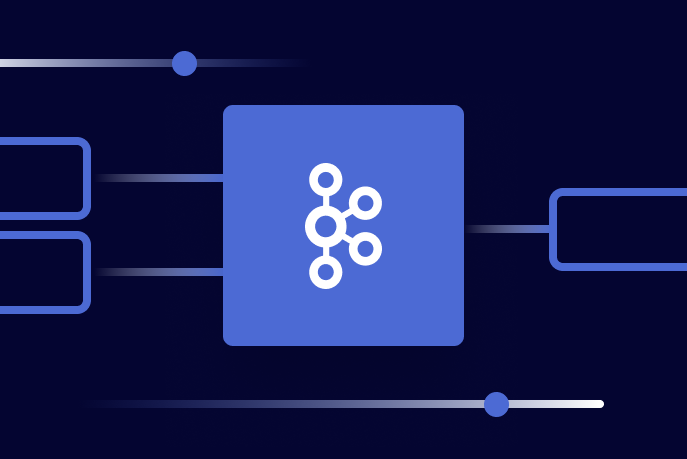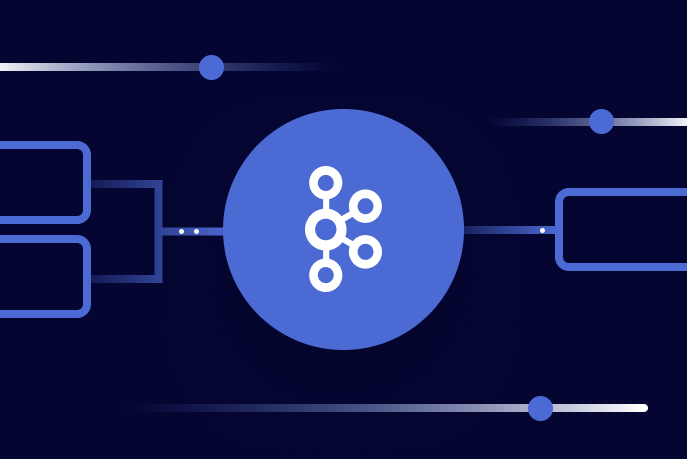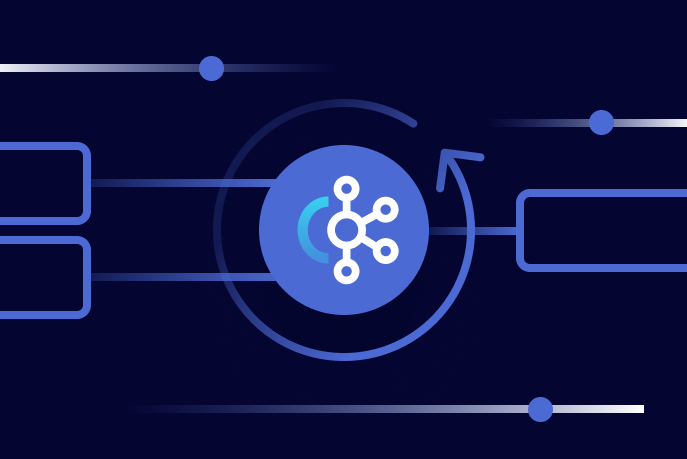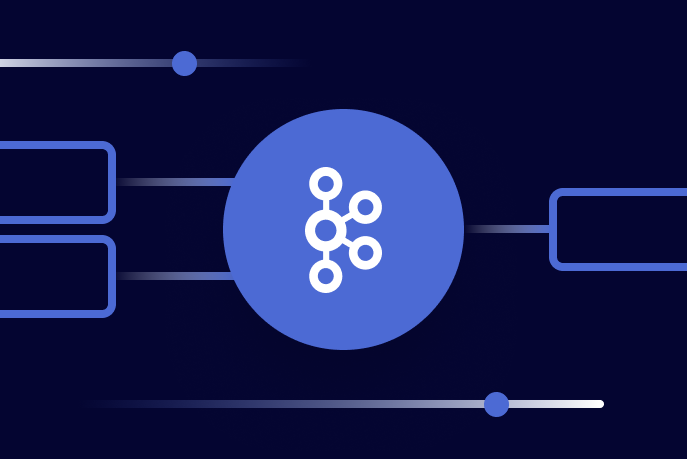[Webinar] How to Implement Data Contracts: A Shift Left to First-Class Data Products | Register Now
Author: Lucia Cerchie
Developer Experience in the Age of AI: Developing a Copilot Chat Extension for Data Streaming Engineers
AI is bringing changes in developer experience… we shared what we learned in this article about creating our new GitHub Copilot chat extension for data streaming engineers.
Building a Full-Stack Application With Kafka and Node.js
A well-known debate: tabs or spaces? Let’s settle the debate, Kafka-style. We’ll use the new confluent-kafka-javascript client to build an app that produces the current state of the vote counts to a Kafka topic and consumes from that same topic to surface them to a JavaScript frontend.
How to Turn a REST API Into a Data Stream with Kafka and Flink
Learn why data at rest sometimes needs to be transformed into a stream of data, and learn how to turn a REST API into a data stream using Apache Flink and Apache Kafka. Along the way, you’ll also find out the advantages of having your REST API data in streaming format.
How to Use Flink SQL, Streamlit, and Kafka: Part 2
Part two in the series on using FlinkSQL, Kafka, and Streamlit dives into async.io, FlinkSQL syntax, and Streamlit barchart component structure.
How to Use Flink SQL, Streamlit, and Kafka: Part 1
In part 1 of this series, we’ll make an app, powered by Kafka and FlinkSQL in Confluent Cloud and visualized with Streamlit, that allows a user to select a stock, in this case SPY, or the SPDR S&P 500 ETF Trust. Upon selection, a live chart of the stock’s bid prices, calculated every five seconds...
Contributing to Apache Kafka®: How to Write a KIP
Learn how to contribute to open source Apache Kafka by writing Kafka Improvement Proposals (KIPs) that solve problems and add features! Read on for real examples.
How to Process GitHub Data with Kafka Streams
Learn how to track events in a large codebase, GitHub in this example, using Apache Kafka and Kafka Streams.
An Introduction to Apache Kafka Consumer Group Strategy
Ever dealt with a misbehaving consumer group? Imbalanced broker load? This could be due to your consumer group and partitioning strategy!
Apache Kafka® Message Compression
Learn about the role of batch.size and linger.ms in Kafka message compression.
What Is an Apache Kafka Cluster? (And Why You Should Care)
Learn the basics of what an Apache Kafka cluster is and how they work, from brokers to partitions, how they balance load, and how they handle replication, and leader and replica failures.
What Is an Event in the Apache Kafka Ecosystem?
The term “event” shows up in a lot of different Apache Kafka® arenas. There’s “event-driven design,” “event sourcing,” “designing events,” and “event streaming.” What is an event, and what is the difference between the role an event has to play in each of these contexts?
Unknown Magic Byte! How to Address Magic Byte Errors in Apache Kafka
If you’ve been working with Kafka Streams and have seen an “unknown magic byte” error, you might be wondering what a magic byte is in the first place, and also, how to resolve the error. This post explains the answers to both questions.
Dynamic vs. Static Consumer Membership in Apache Kafka
This article summarizes dynamic versus static consumer group membership in Apache Kafka. It shows how the approaches affect rebalancing in heavy state applications and teaches the user how to choose between the methods.
